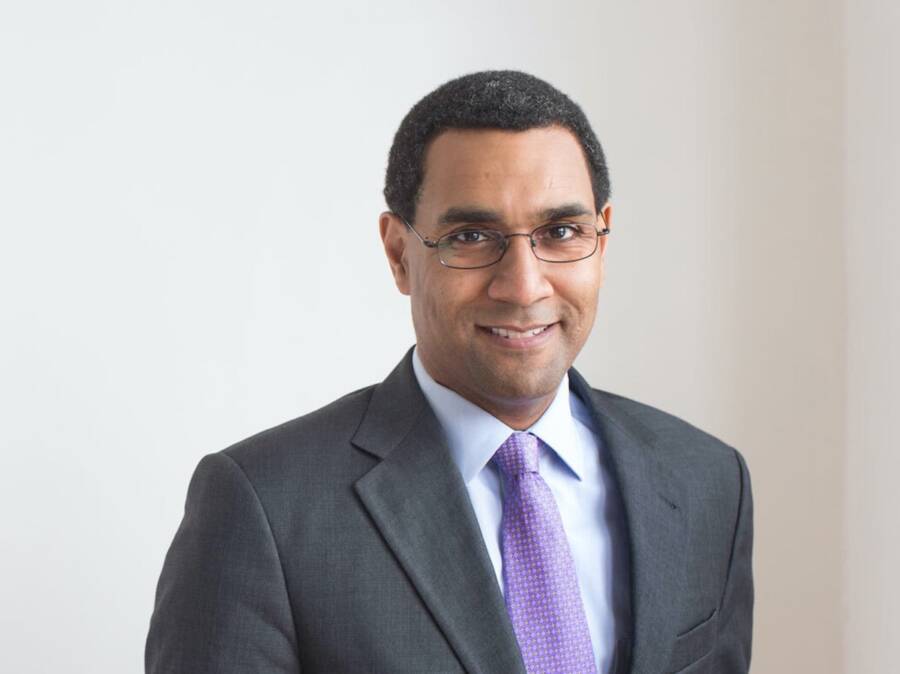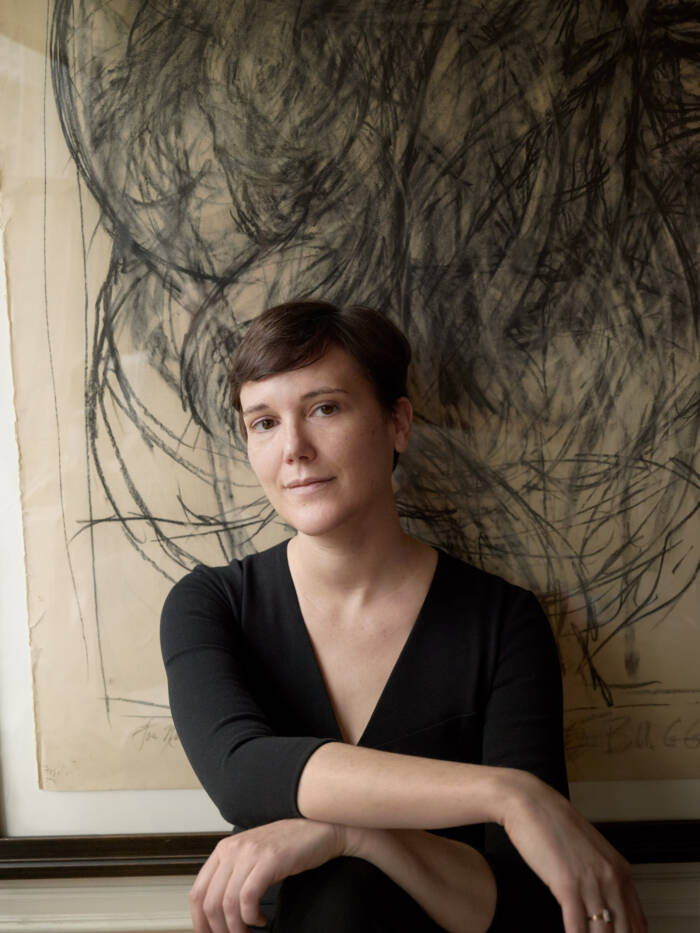The policy change was announced amid ongoing scrutiny over the ethical questions surrounding how the remains were acquired.
NYCPW Photography / Alamy Stock PhotoThe American Museum of Natural History in New York City .
New York City ’s American Museum of Natural History ( AMNH ) announced recently that it plans to remove human remains from its exhibit , vowing to amend policies after a new written report call into question the legality and ethics of the museum ’s possession of the remains .
The conclusion was first announced inan all - faculty emailon Oct. 12 , 2023 , write by museum president Sean Decatur .

NYCPW Photography/Alamy Stock PhotoThe American Museum of Natural History in New York City.
In the statement , Decatur receipt the museum ’s astounding number of human cadaver — 12,000 — and described how many of them came to the museum in the first piazza .
Around 26 percent of the individuals in the museum ’s collecting , he say , are the skeletal remains of Native Americans from within the United States .
The other 74 percentage , meanwhile , is be of other people ’s remains , some from archaeological jab , some from secret aggregator , and others from nearby medical schools that had used the bodies of the gone for anatomical study .

John Noltner/Kenyon CollegeSean Decatur, president of the American Museum of Natural History since December 2022.
“ We must acknowledge that , with the small exception of those who bequeath their bodies to aesculapian schools for continued study , no individual go for to have their cadaver included in a museum assemblage , ” Decatur wrote . “ human being stay collections were made possible by extreme imbalance of superpower . ”
John Noltner / Kenyon CollegeSean Decatur , chairman of the American Museum of Natural History since December 2022 .
Decatur also note that many human remains were collected throughout the 19th and twentieth century “ to advance deeply blemished scientific schedule root in white supremacy — namely the recognition of strong-arm differences that could reinforce mannikin of racial hierarchy . ”

Erin L. ThompsonErin L. Thompson, America’s only professor of art crime.
The proclamation came just three days before a prolonged report fromHyperallergic‘s Erin Thompson , who commence trying to key the individuals whose corpse were catalogue at the AMNH after receiving an anon. tip last year .
concord to Thompson ’s enquiry , the remains of nearly 100,000 Native Americans are being held in museums across the United States , and the corpse of thousands of soul from outside the United States are also being maintain in computer storage at various institutions across the country . Other instauration mentioned in the written report include the Smithsonian Institution , Harvard University , Chicago ’s Field Museum , the University of California , the University of Pennsylvania , and Berkeley ’s Hearst Museum .
In the 1980s , Indigenous groups protest against this practice , result to the passage of the Native American Graves Protection and Repatriation Act of 1990 . The bit involve all museums that encounter federal funding to return any identified Native American persist to descendant communities .
Seventeen years later , the United Nations officially recognized the right for autochthonal people everywhere to domesticate their ancestors ’ bodies . Still , given the huge catalogue of human remains held at various institutions across the world , identify and return them all has not been an easy chore .
Museums such as the Smithsonian have , for instance , amended their policies to disclose more selective information about the corpse in their collections and devolve those remains to the right communities when possible . But up until recently , the AMNH had mostly remained quiet , even amid on-going examination wall the issue .
Benjamin Thompson spoke to a number of current and former AMNH staff member and soundly examine AMNH documents and academic papers to get a full hold of how many remains the AMNH had in its assembling — and possibly , who they belonged to . However , most of the staffer only spoke under the shape that they be kept anonymous , and the museum itself had yet to make any scuttlebutt , either publically or to Thompson .
“ In my net asking for comment to the museum this calendar month , I portion out some of the sources I used in my research , include the museum ’s one-year reports , research papers , and other material that I ’ve also link up throughout this clause , ” Thompson wrote . “ A few years after they encounter this selective information , the AMNH ’s chair and president announced in an all - faculty email that the museum would update its human remains policy . ”
Erin L. ThompsonErin L. Thompson , America ’s only prof of prowess crime .
As Thompson pointed out and Decatur acknowledged , the AMNH only displays a small identification number of human remains at the second , but this was not always the case .
In fact , in his e-mail Decatur noted that the museum was the site of the Second Eugenics Congress in 1921 , “ putting our psychiatric hospital ’s civil and scientific authority behind a pseudo - scientific , racialist , and xenophobic theory that was used to promote discriminatory practices . This research is commove virtuously and flat - out amiss scientifically . ”
The museum president also cite a late word level that exact the museum go for the remains of five individual who were believed to have been enslave people removed from a interment ground in Manhattan ’s Inwood vicinity .
“ Enslavement was a violent , dehumanizing deed ; removing these cadaver from their rightful burial spot control that the denial of basic human self-regard would continue even in death , ” Decatur wrote . “ Identifying a reviving , respectful action in consultation with local community must be part of our commitment . ”
Decatur ’s all - stave email is listed publicly on the museum ’s website , alongside an official statement from the AMNH which outlines its intentions to amend its policy going forward and “ regale human clay with dignity and respect , as individuals once living . ”
In the statement , the museum announced its design to remove human remains from public display “ while continuing to expose dramatis personae where appropriate to further the Museum ’s education mission . ” It also said it will increase resource for “ on-going vital inspection ” of its collection of human remains while consulting with descendent community .
Benjamin Thompson , meanwhile , shareda database on Xto help descendant observe and identify their ancestors in the museum ’s collection .
After discover about the American Museum of Natural History ’s newfangled policy changes regarding human remains , read about when thelong - drop off remains of the last Tasmanian tigerwere found in a museum closet . Or , see these 25 bizarre displays at theMütter Museum .